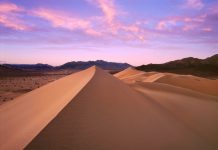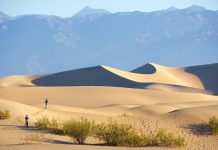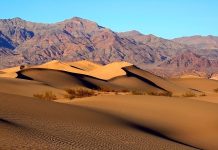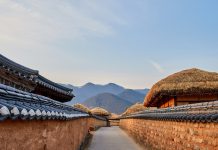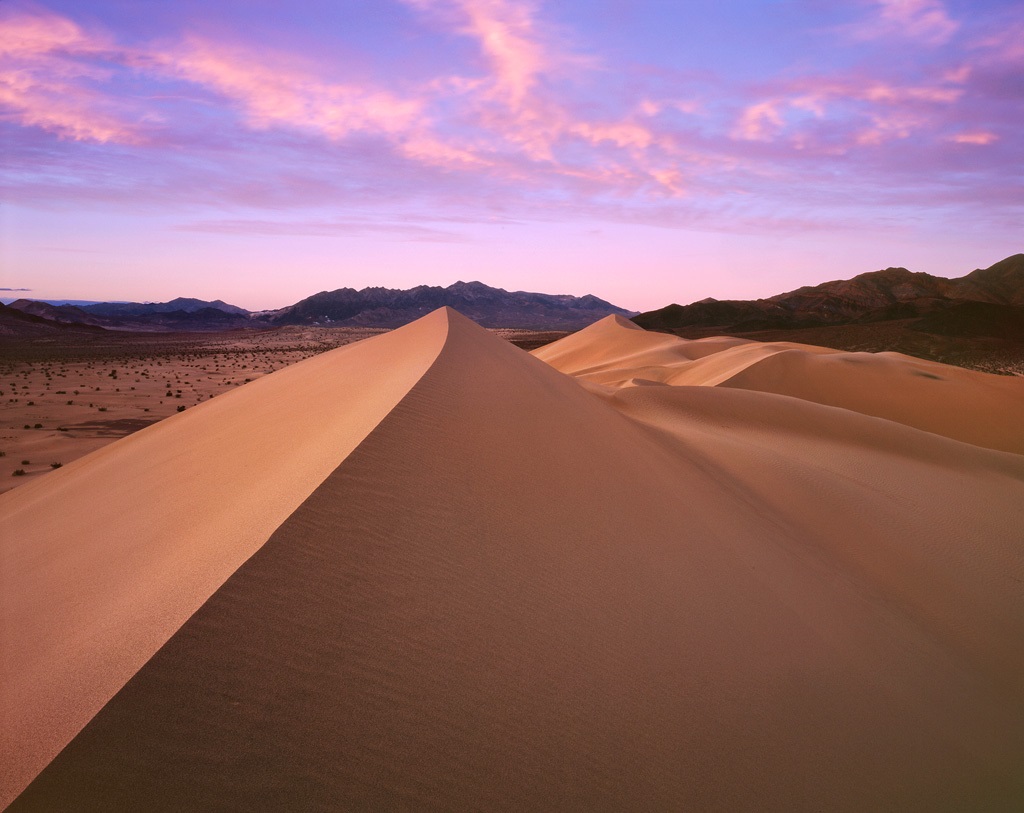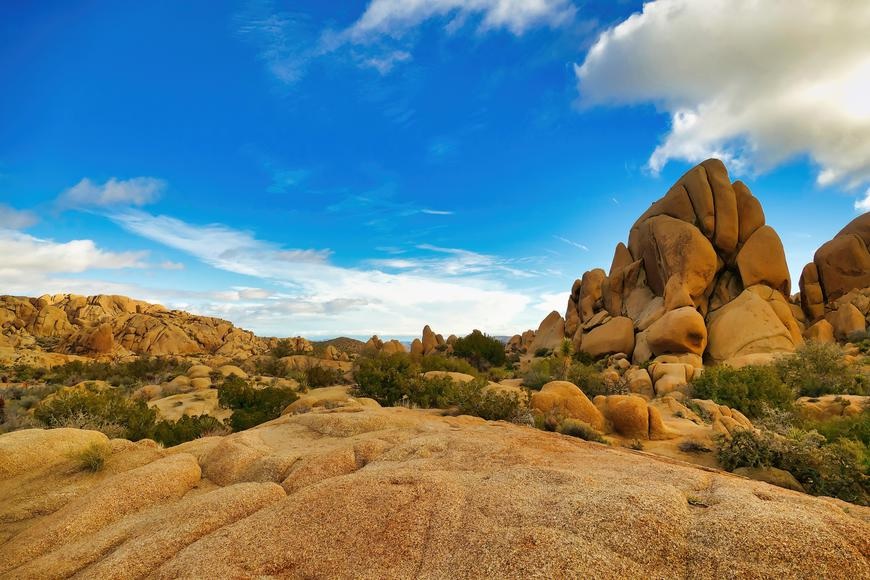
California Desert Travel Insights: A Comprehensive Guide for Adventurers
The California desert is a mesmerizing landscape of stark beauty, dramatic vistas, and unique ecosystems. From the otherworldly Joshua Tree to the scorching depths of Death Valley, this region offers an unforgettable travel experience for adventurers, nature lovers, and photographers alike. Below is an in-depth guide to exploring California’s deserts, covering key destinations, activities, best times to visit, and essential tips.
1. Major Desert Regions in California
California’s deserts are primarily divided into three distinct regions, each with its own character:
A. Mojave Desert
- Location: Southeastern California, bordering Nevada and Arizona.
- Key Features: Rugged mountains, Joshua trees, volcanic formations, and ghost towns.
- Must-Visit Spots:
- Joshua Tree National Park – Famous for its surreal rock formations, twisted Joshua trees, and excellent stargazing.
- Mojave National Preserve – Home to the Kelso Dunes, lava tubes, and the historic Kelso Depot.
- Amboy Crater – A dormant volcanic cinder cone perfect for a short hike.
B. Colorado Desert (Part of the Sonoran Desert)
- Location: Southernmost California, extending into Mexico.
- Key Features: Palm oases, sand dunes, and a warmer climate than the Mojave.
- Must-Visit Spots:
- Anza-Borrego Desert State Park – California’s largest state park, known for wildflower blooms (spring), slot canyons, and badlands.
- Salton Sea – A surreal, saline lake with abandoned towns and unique birdwatching opportunities.
- Bombay Beach – An offbeat art installation hub on the shores of the Salton Sea.
C. Great Basin Desert (Small Section in California)
- Location: Eastern Sierra region near the Nevada border.
- Key Features: High desert landscapes, alpine forests, and remote wilderness.
- Must-Visit Spots:
- Death Valley National Park – The hottest, driest, and lowest national park in the U.S., featuring Badwater Basin, Mesquite Flat Dunes, and Zabriskie Point.
- Alabama Hills – A stunning area near Lone Pine, famous for its rock formations and as a filming location for Western movies.
2. Best Time to Visit
- Fall to Spring (October–April): Ideal for hiking and exploration, with daytime temperatures ranging from 60–85°F (15–30°C).
- Winter (December–February): Coolest time, perfect for Death Valley and lower-elevation deserts.
- Spring (March–April): Wildflower superblooms (if rainfall is sufficient) transform the desert into a colorful paradise.
- Avoid Summer (June–September): Extreme heat (often exceeding 120°F/49°C in Death Valley) makes outdoor activities dangerous.
3. Top Activities & Experiences
A. Hiking & Exploration
- Joshua Tree’s Hidden Valley Trail – A 1-mile loop through iconic rock formations.
- Death Valley’s Golden Canyon – A scenic hike through colorful badlands.
- Anza-Borrego’s Slot Canyons (The Slot, Borrego Palm Canyon) – Narrow, winding canyons perfect for adventurous treks.
B. Stargazing & Night Photography
- Joshua Tree’s International Dark Sky Park – Minimal light pollution for Milky Way views.
- Death Valley’s Mesquite Flat Sand Dunes – A surreal landscape for astrophotography.
C. Off-Roading & Adventure Driving
- Mojave Road – A historic 4×4 trail crossing the Mojave Desert.
- Titus Canyon (Death Valley) – A scenic, one-way dirt road through dramatic rock walls.
D. Ghost Towns & Historic Sites
- Calico Ghost Town – A restored silver-mining town near Barstow.
- Rhyolite (Near Death Valley) – A well-preserved abandoned gold-mining town.
4. Essential Travel Tips
- Hydration & Sun Protection: Carry at least 1 gallon (4L) of water per person per day. Wear sunscreen, hats, and breathable clothing.
- Vehicle Readiness: Many desert roads are unpaved; ensure your car has a spare tire, extra fuel, and emergency supplies.
- Navigation: Cell service is unreliable—download offline maps (Google Maps, Gaia GPS) or carry a physical map.
- Wildlife Awareness: Watch for rattlesnakes, scorpions, and desert tortoises (do not disturb!).
- Leave No Trace: Pack out all trash to preserve these fragile ecosystems.
5. Unique Desert Accommodations
- Luxury: The Inn at Death Valley (historic oasis with spring-fed pools).
- Glamping: AutoCamp Joshua Tree (airstream trailers with modern comforts).
- Budget-Friendly: Jumbo Rocks Campground (Joshua Tree) – First-come, first-served sites amid giant boulders.
Final Thoughts
California’s deserts are a land of extremes—harsh yet breathtaking, desolate yet teeming with life. Whether you’re chasing solitude, adventure, or artistic inspiration, these arid landscapes promise an experience unlike any other. Plan wisely, respect the environment, and prepare to be awestruck by the raw beauty of the Golden State’s desert wilderness.
Happy exploring! 🌵☀️📸


